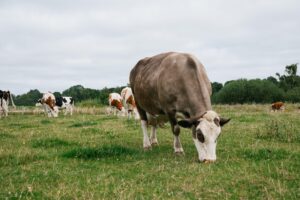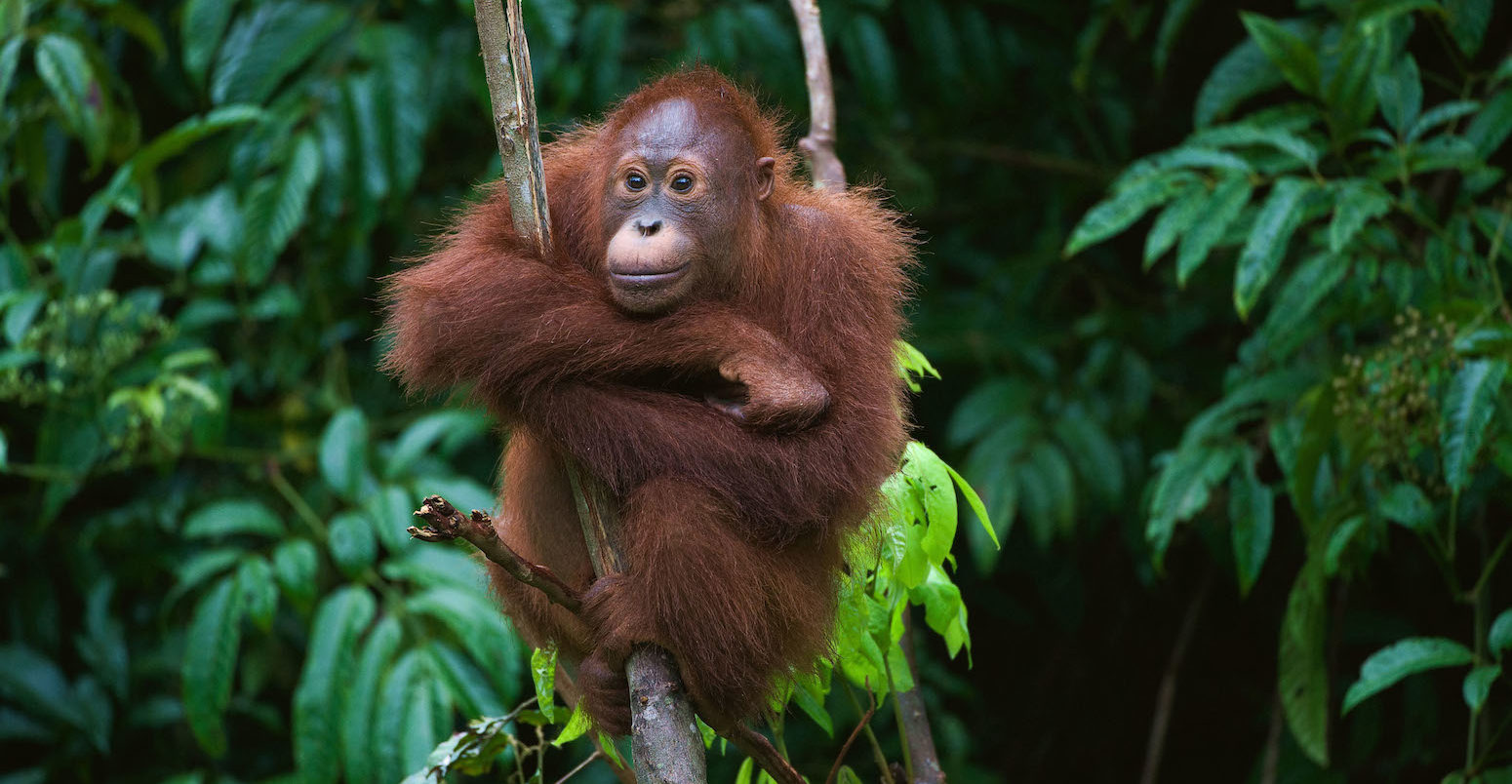
Explainer: Can the world ‘halt and reverse’ biodiversity loss by 2030?
Daisy Dunne
01.16.23Daisy Dunne
16.01.2023 | 4:49pmLast month, 196 countries including the EU member states agreed to a new global mission to “halt and reverse” biodiversity loss by 2030.
Agreement was reached at the end of a turbulent two-week UN summit (explained in detail by Carbon Brief), where nations clashed over issues including the need for new funds from developed countries to protect and restore the world’s remaining biodiversity.
Biodiversity is currently declining at the fastest rate observed in human history.
The “framework” aims to reverse this decline through a number of wide-ranging targets for 2030, from protecting 30% of Earth’s land and seas and halting human-induced species extinctions through to cutting the risk from pesticides by half and slashing subsidies harmful to nature by $500bn annually.
The previous global attempt to address biodiversity loss ended in failure. It is clear, say experts, that meeting the new targets will require international cooperation and new financial support on a scale that has never been achieved at UN biodiversity talks before.
And, if countries move as fast as possible to meet these targets, is it even possible – scientifically speaking – namely, to halt and reverse biodiversity loss in just seven years?
In this explainer, Carbon Brief speaks to scientists and examines the latest evidence to explore whether the world’s goal to reverse biodiversity loss by 2030 can be achieved – and, if so, how.
- What was agreed at the UN biodiversity summit?
- Why does the world need to ‘halt and reverse’ biodiversity loss by 2030?
- What will it take to ‘halt and reverse’ biodiversity loss by 2030?
What was agreed at the UN biodiversity summit?
Part two of the UN biodiversity summit COP15 took place from 7-19 December in Montreal, Canada. (Part one of COP15 took place in a hybrid (in-person and virtual) format in Kunming, China in October 2021.)
It came two years later than scheduled after being delayed multiple times due to the Covid-19 lockdowns in China, the presiding country. The summit was moved to Montreal in Canada, where the UN’s biodiversity secretariat is headquartered, amid continuing Covid-19 restrictions in China, with the former country acting as “host” and the latter as “president”.
The summit saw countries agree to the Kunming-Montreal Global Biodiversity Framework (GBF), an expansive list of four goals and 23 targets with an overall mission of halting and reversing biodiversity loss by 2030, plus achieving “harmony with nature” by 2050.

The GBF has been likened to the “Paris Agreement for nature”, with some comparing the 2030 goal of halting and reversing biodiversity loss to the 1.5C temperature aspiration. However, unlike the Paris Agreement, the GBF has no legally binding elements.
“Halting and reversing biodiversity loss by 2030 is the equivalent of 1.5C – and has the ability & power to inspire & unite the whole of society,” @WWF_DG in his final press briefing
— Daisy Dunne (@daisydunnesci) December 19, 2022
He briefly gets emotional, saying he can look his granddaughter in eyes knowing this is in text pic.twitter.com/b5JfcG8NQW
(For a full breakdown of COP15 and the GBF, see Carbon Brief’s in-depth reporting from Montreal.)
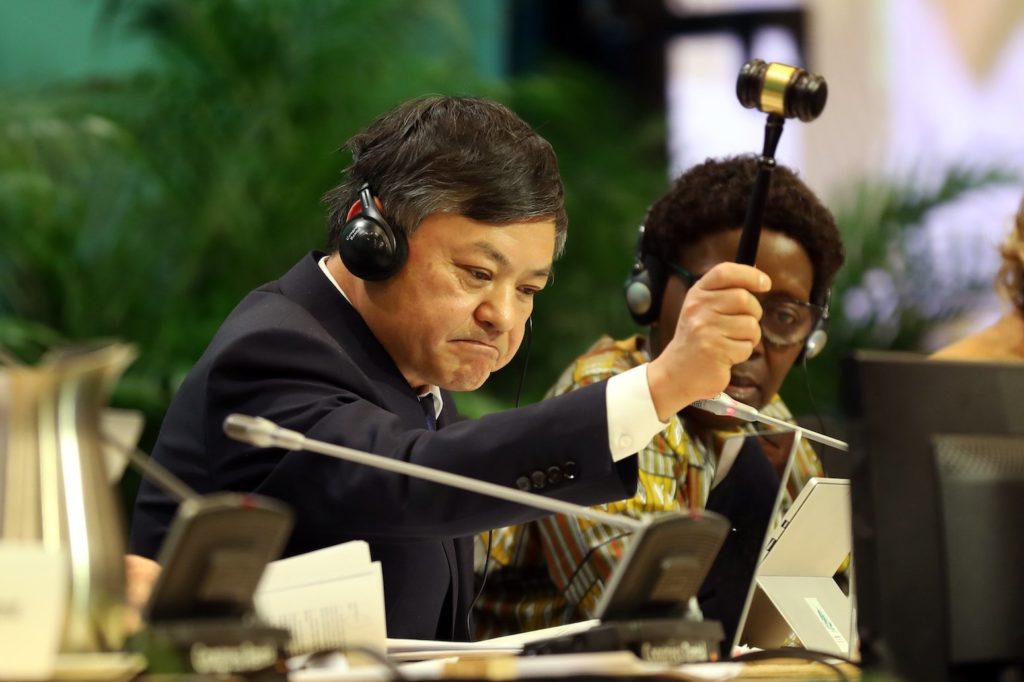
Why does the world need to ‘halt and reverse’ biodiversity loss by 2030?
In 2019 – shortly before COP15 was originally due to take place – a landmark report released by the world’s biodiversity authority, the Intergovernmental Science-Policy Platform on Biodiversity and Ecosystem Services (IPBES), found that 1m animal and plant species now face extinction. This is more than at any other point in human history.
A separate report, released by the UN Convention to Combat Desertification in 2022, found that human activities have already altered 70% of Earth’s land, degrading up to 40% of it. A 2018 study found that humans have also altered 87% of the ocean.
Across the world, populations of mammals, birds, amphibians, reptiles and fish decreased by an average of 68% between 1970 and 2016, according to a 2022 WWF report. In tropical central and South America, animal populations fell by 94% over this period.
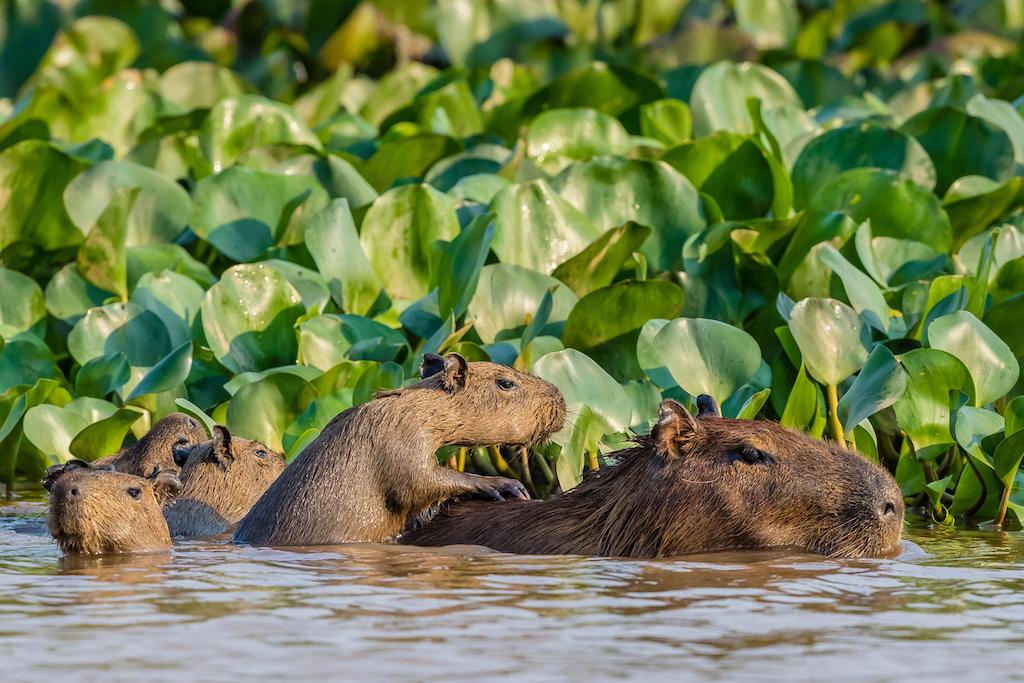
This scale of biodiversity loss has consequences for human populations, too.
An estimated $44tn – roughly half the world’s annual economic output – is currently being put at risk by the depletion of natural resources.
The loss of coastal habitats that provide a natural buffer against extreme weather events means that 100-300 million people are currently at an increased risk of floods and hurricanes, according to IPBES.
And the loss of pollinators, specifically, is already causing nearly 430,000 deaths every year by reducing the supply of healthy food, according to a study published in 2022.
Countries previously aimed to tackle biodiversity loss by 2020 through the Aichi targets, a set of global nature rules agreed in 2010. However, every one of these ended in collective failure.
Towards the end of the last decade – as it became clear that the Aichi targets were likely to fail – a flurry of research papers were published examining what it would take to “bend the curve” on biodiversity loss.
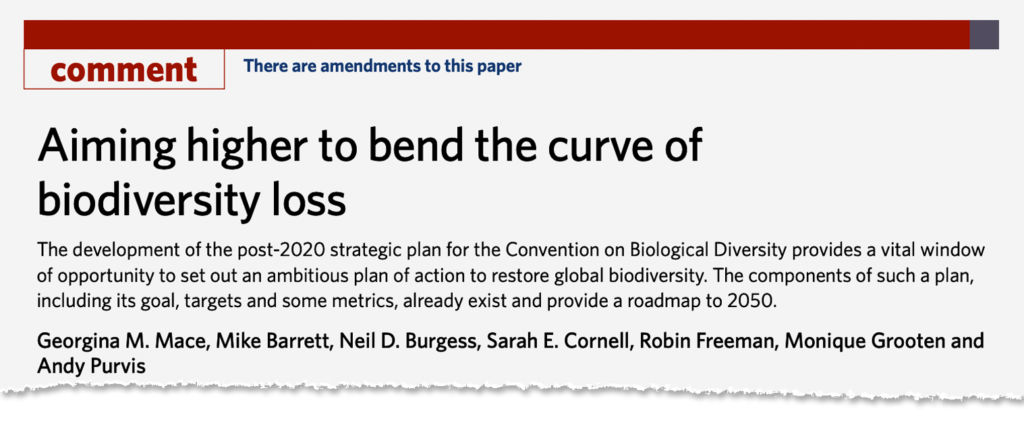
Among the most influential was a commentary led by the late pioneering biodiversity scientist Prof Georgina Mace, which urged countries to “clearly specify the goal for biodiversity recovery” in their post-2020 agreement for nature, “analogous to the [UN climate change] 1.5-2C target”.
On biodiversity loss, Mace and her team wrote:
“This declining trend must not only be halted but also reversed.”
Such scientific papers fuelled a new political effort to make 2020 a “super year for nature”, with the goal of convincing country leaders to sign up to a clear goal for reversing biodiversity loss.
The aim was to see biodiversity loss take centre stage at the UN climate summit COP26 in Glasgow, the UN nature summit COP15 and a UN review of the Sustainable Development Goals, among other international meetings. However, the emergence of the Covid-19 pandemic delayed these summits from taking place and forced political attention away from nature in the short term.
Despite this, the year 2020 did see leaders from 94 countries sign up to the Leaders Pledge for Nature at a UN summit on biodiversity held during the UN General Assembly in September. This pledge contained a commitment to reversing biodiversity loss by 2030.
When COP26 finally took place in 2021, 145 countries signed the Glasgow Leaders’ Declaration on Forests and Land Use. This included a pledge to reverse forest loss by 2030 – a key component for reducing biodiversity loss. (However, some countries – such as rainforest nation Indonesia – distanced themselves from the pledge in the wake of the summit.)
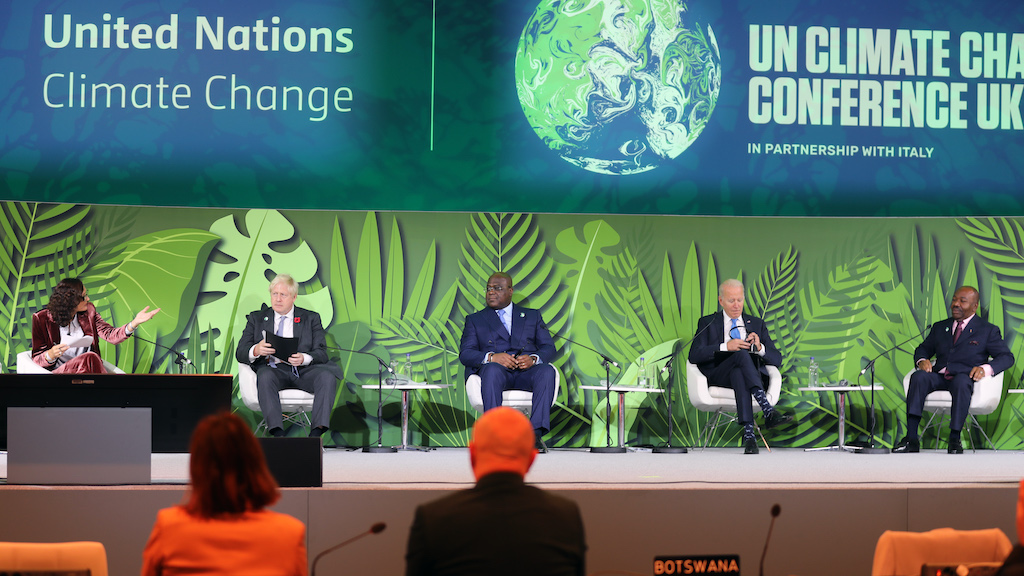
Ahead of COP15 in December 2022, a group of countries including Australia, Canada, the EU, Nepal, New Zealand, Norway, Switzerland and the UK had signalled that including the mission to halt and reverse biodiversity loss in the GBF was a high priority for them.
In contrast, countries including Argentina, Bolivia, South Africa and Uganda had indicated that they opposed the inclusion of such a mission in the GBF. (For more on countries’ positions, see Carbon Brief’s guide to who wanted what at COP15.)
In the end, the mission to halt and reverse biodiversity loss by 2030 was included in the final version of the GBF.
What will it take to ‘halt and reverse’ biodiversity loss by 2030?
Carbon Brief has spoken to a range of scientists about whether, in their view, it would be possible to halt and reverse biodiversity loss by the end of this decade.
They unanimously agree that – scientifically speaking – meeting this target will be a large challenge.
Prof Nathalie Pettorelli, from the Zoological Society of London’s Institute of Zoology, tells Carbon Brief:
“It’s huge. It’s huge because of the scale at which we need to think here and some of the challenges that we’re faced with. [There is] a lot of discussion in the scientific community as to how to [digest] this.”
Prof EJ Milner-Gulland, director of the Interdisciplinary Centre for Conservation Science at the University of Oxford, led a letter published near the end of COP15 that was signed by more than 3,300 researchers in 130 countries urging nations to act to reverse biodiversity loss by 2030.
She agrees that meeting this goal will be challenging, telling Carbon Brief:
“It’s a very ambitious target. It’s going to be hard to make it.”
There are lots of reasons why reversing biodiversity loss is tough.
While many people associate “biodiversity” with iconic species and tropical rainforests, the term actually covers the whole spectrum of Earth’s biological diversity, ranging from the organisation of genes within organisms to the communities of animals and plants that make up ecosystems.
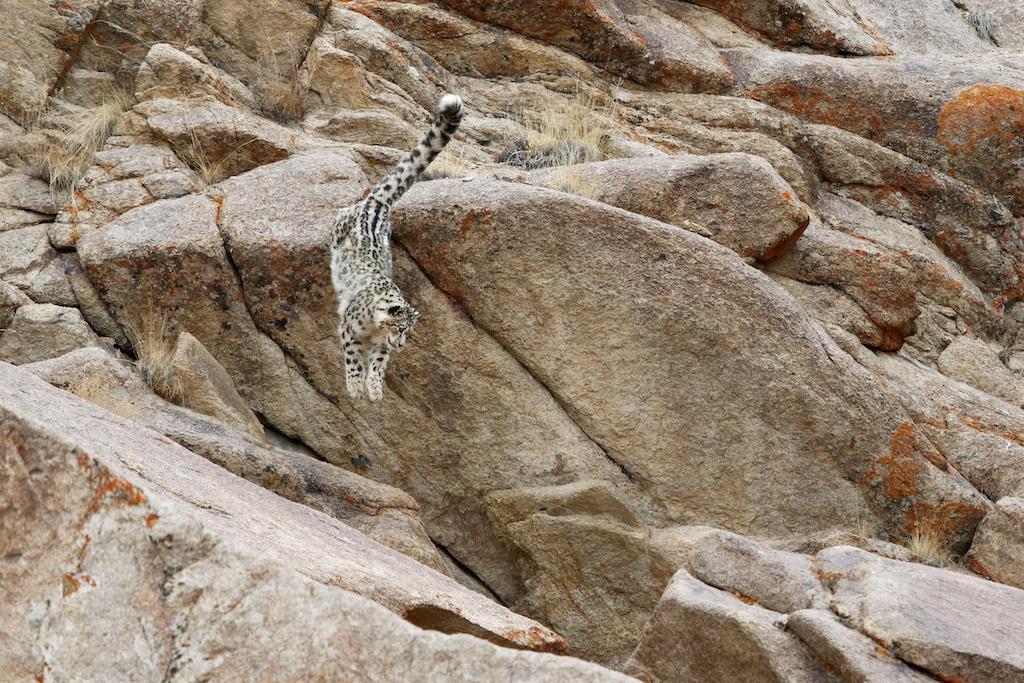
The complex nature of biodiversity makes it particularly difficult to measure and control, Milner-Gulland explains:
“Biodiversity isn’t fungible. Carbon is fungible – if you generate a unit of carbon here, you cannot generate a unit of carbon somewhere else. But if you lose a bit of biodiversity, you can’t add a bit of biodiversity somewhere else, it’s not the same thing. It’s not a currency that’s interchangeable.”
Biodiversity’s complexity also means that individual species and ecosystems will respond differently to actions taken to halt and reverse biodiversity loss.
A research paper published in 2009 found that some ecosystems can recover from major human disturbance “within decades”, but that others took “half-centuries”.
Dr David Obura, a biodiversity scientist and founding director of Coastal Oceans Research and Development, Indian Ocean (CORDIO) East Africa, tells Carbon Brief:
“Some biological systems, you can halt and reverse [the loss]. Others, you can’t get that reversal yet because they’re going to continue to decline for some time.”
He describes the rapid decline of the world’s tropical coral reefs as one example of such a system:
“Can we halt the loss of coral in the next seven years? We can’t, because of climate change. Even if we achieve the Paris Agreement aim of 1.5C, we’re still going to lose corals for the next 20 or 30 years.”
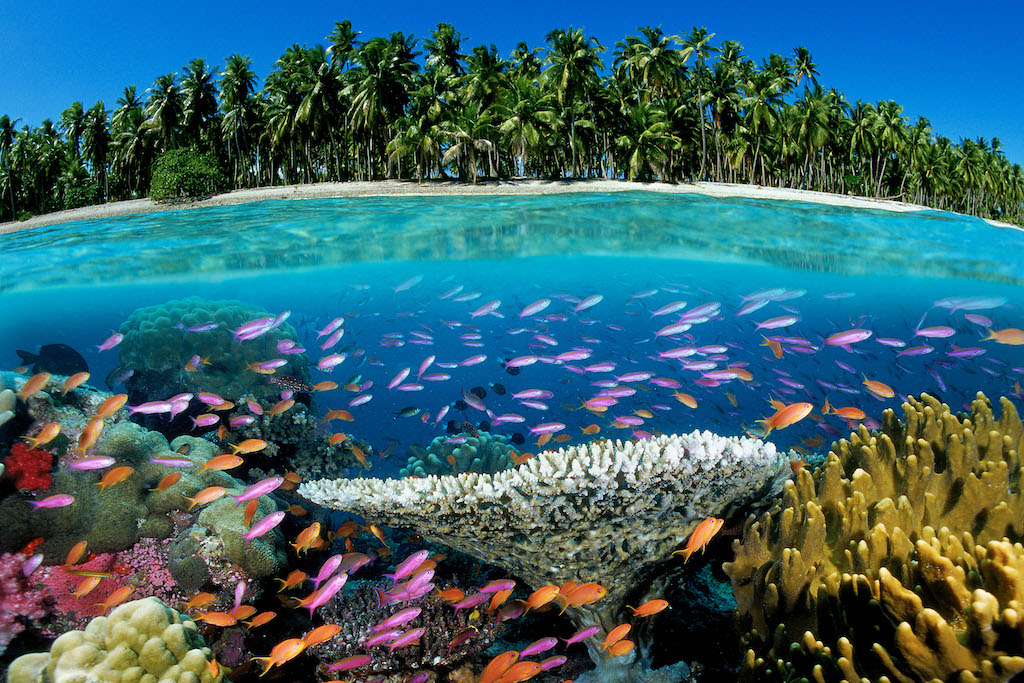
Such realities give Obura pause about the possibility of reversing biodiversity loss by the end of the decade:
“As a scientist, whether we can achieve halting and reversing by 2030, I’m highly doubtful.”
But the scientists Carbon Brief spoke to were also united in saying that – with the consequences of further biodiversity loss likely to be catastrophic and action to date severely lacking – it was right for countries to agree to aim for an ambitious 2030 target.
Obura explains:
“For a political document like this, there has to be a time-bound [element]. So, in that sense, I think halt and reverse by 2030 is the right language to have, for sure.”
Adding to this, Milner-Gulland says:
“We’re not going to get the entire world’s biodiversity actually going into net gain by 2030, but there’s no reason why we couldn’t see elements of biodiversity starting to recover, and why we shouldn’t try to halt the loss by 2030. If we don’t, then we’re in trouble, aren’t we?
“It’s a difficult one because it’s hard to get governments, businesses and everyone [do something that is] the right level of ambition, but doable in principle. You don’t want to set yourself up to fail, but, at the same time, you don’t want to set a target that allows people to kick the can down the road.”
For Pettorelli, the question of whether halting and reversing biodiversity loss by 2030 is less about “a scientific consideration” and more about “belief in what society can do”. She says:
“Frankly, it’s a little bit like before Covid. Would you have thought that millions of people would have stayed in their homes for months? People would have said no – and then it happened. The limit of what we can achieve is constrained sometimes by our previous experience, but it needs to be inspired by what we could do.”
She adds that science can guide policymakers, but, ultimately, can’t deliver all the answers:
“Science is about giving a good idea of what’s likely under different scenarios, but humanity is in charge of defining which scenario it wants to go for.”
All of the scientists Carbon Brief spoke to were also keen to stress that – much like with climate change – the question of whether biodiversity loss can be reversed will largely be answered by the social, political and financial response by countries, rather than new science.
The GBF includes several targets that directly address the causes of biodiversity loss.
These include target 18, which addresses subsidies harmful to biodiversity (see: money for fossil fuels and large animal agriculture); target 7, which addresses pollution; and targets 5 and 9, which address the “sustainable use” of biodiversity.

How the world acts to realise these targets will be crucial for halting and reversing biodiversity loss, says Milner-Gulland:
“A lot of biodiversity loss is happening through our supply chains, our consumption in the west…So the stuff around reducing our consumption and production, halting damaging subsidies that are actually driving unsustainable use, those are really important.”
Prof Pete Smith, chair of plant and soil science at the University of Aberdeen, notes that action on many of these drivers would come with large co-benefits for tackling climate change. He tells Carbon Brief:
“There are a bunch of subsidies all around the world, on land and in the ocean, which provide financing for the over-exploitation of our resources. That has to stop and they need to be redirected into something that’s more sustainable.”
Milner-Gulland also notes the importance of the conservation targets laid out in the GBF, including a pledge to halt human-induced species extinction by 2030.

However, she adds that the much-publicised pledge to protect 30% of Earth’s land and seas by 2030 could actually be one of the least crucial targets for reversing biodiversity loss:
“We have to have protected areas, but it’s just not going to be enough on its own. The stuff that’s important is what’s happening outside of these protected areas – and actually happening to the protected areas – because of these drivers from overconsumption.”
Pettorelli notes that a proper plan for ensuring that the pledges laid out in the GBF are turned into concrete action will be crucial for halting and reversing biodiversity loss.
A lack of implementation was widely cited as one of the major factors behind the failure of the Aichi targets.
Details for how the GBF should be implemented – the so-called “teeth” of the deal – are contained within both the GBF itself and a separate document called “mechanisms for planning, monitoring, reporting and review”.
Carbon Brief understands that negotiations for these texts were long and complex, often running into the early hours of the morning throughout both weeks of the summit.
The agreed plan for how the GBF should be implemented by countries follows three key steps – sometimes referred to as “present, review, ratchet”. This is where countries are asked to present national plans for how they will meet the mission, targets goals of the GBF, countries come together in a designated year to review their progress and then are encouraged to increase their ambition.
These steps closely mirror the implementation process of the Paris Agreement. (See Carbon Brief’s summary of the GBF for more detail.)
For Obura, debates over biodiversity finance – deeply rooted in a history of inequity and colonialism by developed nations – are inseparable from the scientific question of halting and reversing biodiversity loss. He tells Carbon Brief:
“Equity is, I think, the main challenge because inequity is the main driver of where we are right now.
“That decline in biodiversity has come from resource consumption over centuries. And a lot of imperialism and colonialism and capitalism is driven by the consumption and the search for more raw materials – a lot of it from biodiversity – to use in accumulating wealth and development.
“It’s about repaying this biodiversity debt that has accrued over many years. And it’s a debt that’s being repaid to the south, as opposed to the south borrowing money and then being in debt to the north.”
(Read more about how biodiversity finance was discussed at COP15 in Carbon Brief’s GBF summary.)




